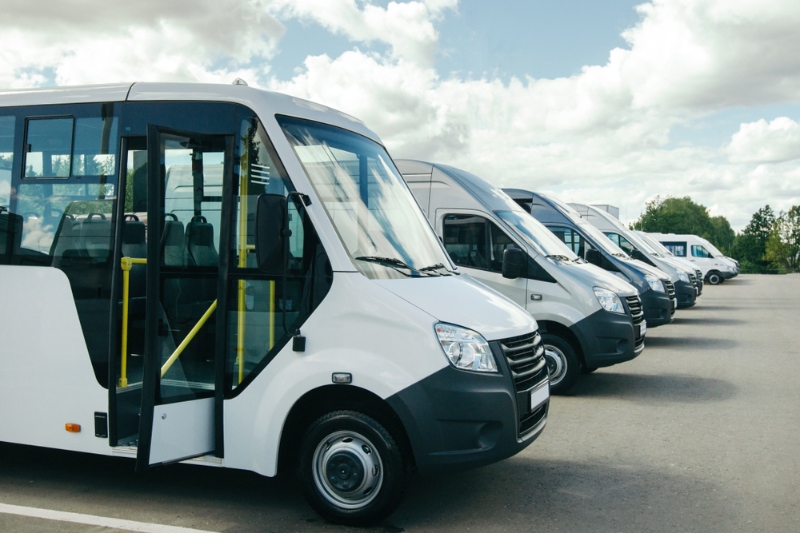A Government-backed taskforce has concluded that an effectively managed integration of electric vehicles with the energy system can ‘significantly improve’ electricity network efficiency.
The Electric Vehicle (EV) Energy Taskforce was established in 2018 to study how to accelerate the mass take-up of electric vehicles while delivering benefits to the electricity system.
The taskforce’s report, which was published this week, estimated that infrastructure spending required to prepare the UK electricity networks for the electric vehicle transition is likely to run to tens of billions of pounds.
However, it concluded the cost can be ‘significantly reduced’ if the right decisions are made and the transition is coordinated between Government and key energy, infrastructure and transport industry stakeholders.
As well as improving electricity network efficiency, the taskforce also argued an effectively managed integration of electric vehicles with the energy system can increase system resilience and limit the requirement to build new infrastructure to meet growing electricity demand.
Philip New, chief executive, Energy Systems Catapult and the EV Energy Taskforce Chair commented: ‘Ensuring that the mass roll-out of electric vehicles delivers benefits for both drivers and the wider energy system requires actions from industry, Government and the regulator, including creating the new markets and policies that can unlock EVs’ huge potential.’
Fintan Slye, director of National Grid ESO said: ‘Electric vehicles will play a key role in decarbonising the UK’s transport and electricity sectors.
‘Smart charging and vehicle-to-grid technology means we can use renewable energy more efficiently, charging when the sun shines or the wind blows and potentially discharging back to the grid at times of peak demand.
‘With an estimated 35 million electric vehicles on the roads by 2050 or sooner, we have a fantastic opportunity for the transport and electricity sectors to work together to deliver a low carbon transition that benefits all electricity consumers.’







